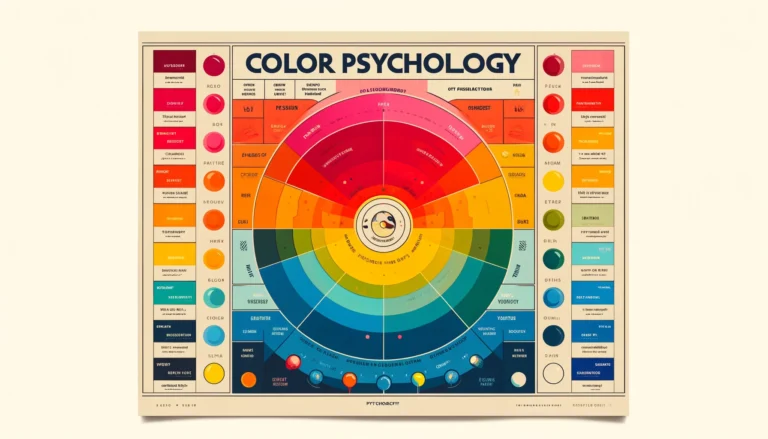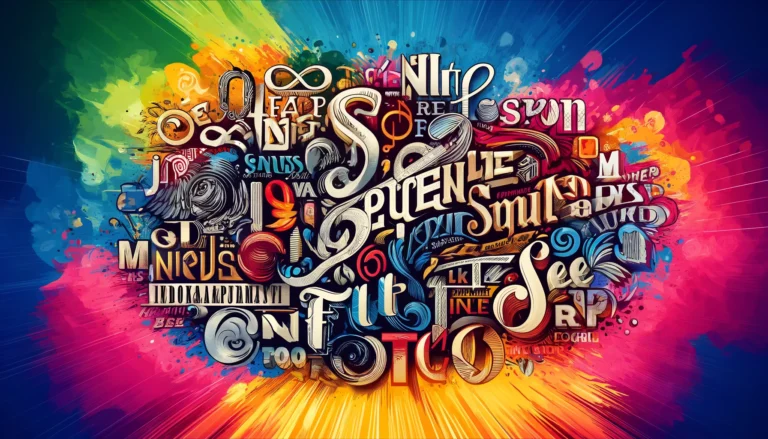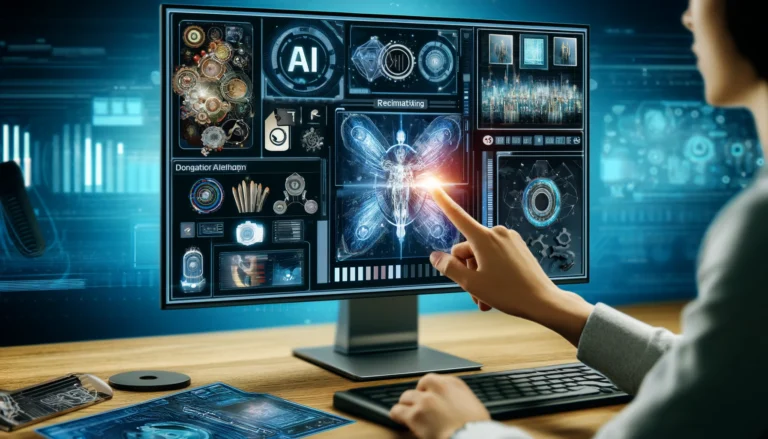Physical Address
304 North Cardinal St.
Dorchester Center, MA 02124

The Psychology of Color: How to Use Color in Design Color is a powerful tool that draws out emotions, conveys messages, and sways decisions. The psychology of color can help them come up with more effective designs that appeal to…

10 Principles of Good Design: Lessons from Dieter Rams Design shapes our daily lives, influencing how we interact with products, spaces, and even ideas. Among the many influential designers, Dieter Rams stands out as a guiding light. His philosophy has…

25 Free Fonts for Designers Free Fonts for Designers Fonts are probably graphic designers’ most valuable resource. The typeface makes or breaks a design. I’ve created a list of the best professionally designed fonts available for free. This collection includes…

The power of artificial intelligence (AI) has made huge steps in recent years, especially in the field of generating visual content from a written description. AI image generators, which turn written text into visual art, are advanced tools that leverage…